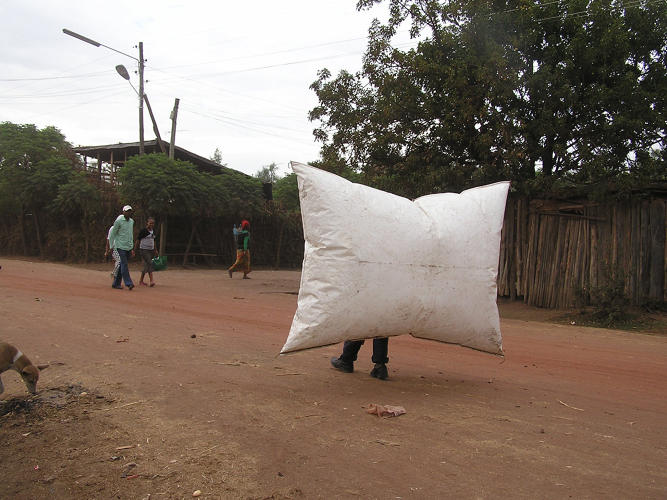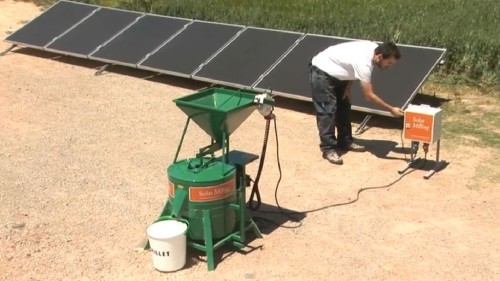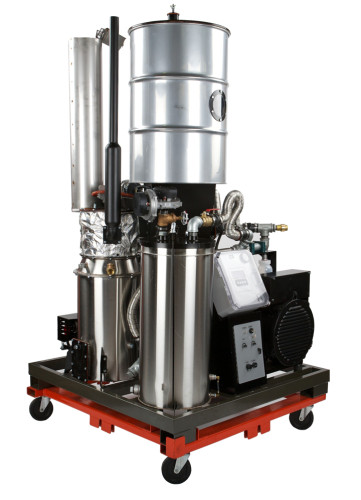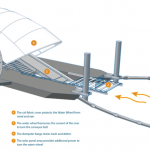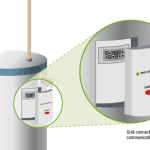“Would a society starting over on a planet stripped of its fossil fuel deposits have the chance to progress through its own Industrial Revolution? Or to phrase it another way, what might have happened if, for whatever reason, the Earth had never acquired its extensive underground deposits of coal and oil in the first place? Would our progress necessarily have halted in the 18th century, in a pre-industrial state?”
Read more: Out of the ashes, aeon magazine. Related: The bright future of solar thermal factories, Firewood in the fuel tank: woodgas vehicles, Medieval smokestacks: fossil fuels in pre-industrial times.
